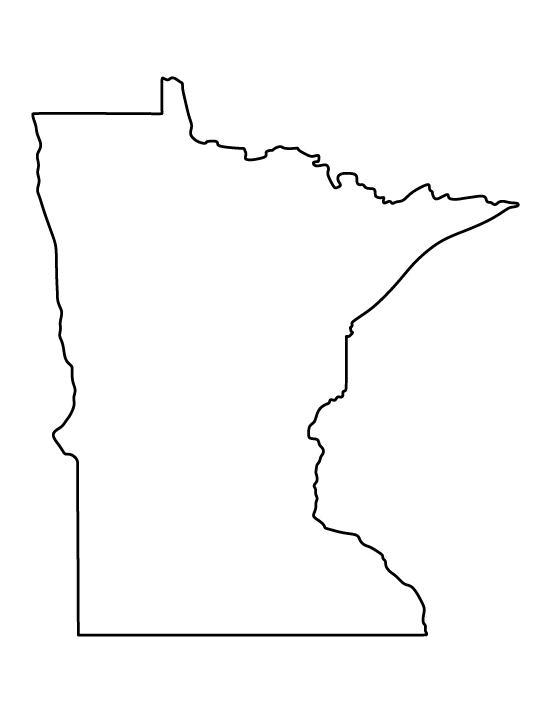Minnesota
Inventors Hall of Fame


Patsy O. Sherman
(1930 - 2008) "Anyone can become an inventor as long as they keep an open and inquiring mind and never overlook the possible significance of an accident or apparent failure," says Patsy Sherman, a research chemist and the first woman inducted into the Minnesota Inventors Hall of Fame. Her work was an essential part of the introduction of 3M’s first stain repellent and soil release textile treatments which have grown into an entire family of products known as Scotchgard™ fabric protectors. In 2001, she was inducted into the National Inventors Hall of Fame for Patent Number 3,574,791, the Scotchgard™ Textile Protector.
An accidental spill of a flurochemical rubber on an assistant’s tennis shoe was the beginning to the invention of the product. Although the spill didn't change the look or feel of the canvas, it did leave behind some amazing properties. Sherman and her fellow chemist and colleague, Samuel Smith, observed that the accidental spill on a white tennis shoe would not wash off nor would solvent remove it. Everything Sherman and her colleagues used to try to rinse the latex out of the shoe just beaded up and ran off it "like water off a duck's back." The area resisted soiling.
Sherman and Smith were trying to develop a new kind of rubber intended for jet fuel hoses. Intrigued by this unexpected turn in their research, they directed their attention to developing a fabric treatment that would repel water and oil. It took the pair three years to perfect the technological innovation that would come to be known as Scotchgard™ Fabric Protector. Sherman regards the serendipitous discovery of Scotchgard™ as one of her most significant works because many experts had written that such a product was "thermodynamically impossible."
Sherman and Smith teamed up to develop the line of Scotchgard ™ products. After the introduction in 1956 of a stain repellent treatment for wool, they later developed products designed for clothing, household linens, upholstery, and carpeting. In the late 1960s they developed a product that both repelled stains and also permitted the removal of oily soils from synthetic fabrics, including the newly popular permanent press fabrics. Scotchgard ™ has become one of the most widely used and valuable products in stain repellency and soil removal, eventually bringing in over $300 million annually for 3M.
Sherman was one of very few women chemists to work for a major corporation when she was hired by 3M in 1952. During the development of Scotchgard ™ in the 1950s, she was required to wait for performance results outside of the textile mill during testing due to a rule at that time that women were not allowed in the mill. At that time in American history, there were very few female chemists - she was a rarity in the corporate environment.
She later served as Manager of Technical Development for 3M, a company-wide responsibility recognizing her unique blend of technical competency, scientific achievement and leadership skills. In addition to her technical achievements as a bench scientist and in laboratory management, she has distinguished herself as a willing collaborator and mentor to many who sought her counsel. She remained there until her retirement in 1992. Her name appears on 16 U.S. patents, and many foreign counterparts, primarily for flurochemical polymers and polymerization processes.
Born in Minneapolis, Sherman attended Gustavus Adolphus College in Minnesota. She graduated with degrees in chemistry and mathematics, and is a Distinguished Alumna of her college.